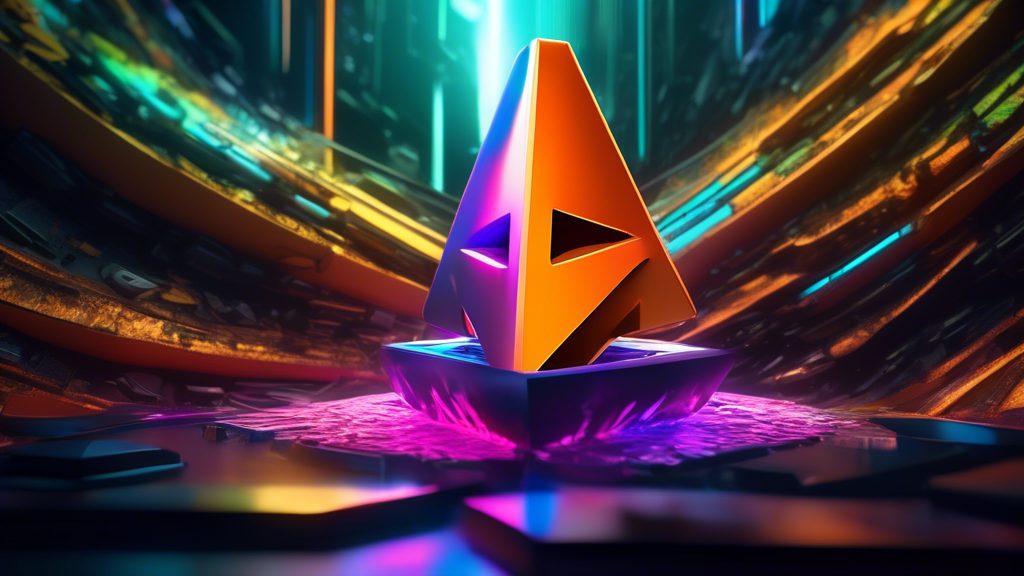VLC to Add Nvidia RTX Video HDR Support 'Soon' — Will Integrate with VSR for AI Upscaling on VLC
The versatile and widely popular VLC media player will soon be enhancing its viewing experience by incorporating Nvidia RTX Video HDR support. This exciting development promises to bring state-of-the-art video playback features and will also integrate with Nvidia's Video Super Resolution (VSR) for AI upscaling. This integration is expected to significantly improve the video quality, especially for lower resolution content, delivering more vivid and crisp visuals.
What is Nvidia RTX Video HDR?
Nvidia RTX Video HDR is a high-dynamic-range imaging technology that significantly boosts the luminance, contrast, and color palette of the video content. It leverages the advanced capabilities of Nvidia RTX graphics cards to generate a more lifelike viewing experience. HDR makes dark areas darker and bright areas brighter, providing a depth and richness to the picture that traditional SDR (Standard Dynamic Range) cannot match.
By supporting Nvidia RTX Video HDR, VLC will allow users who have compatible Nvidia RTX GPUs to enjoy HDR content directly within the player, thus expanding its use-cases and enhancing the overall media consumption experience.
Integration with Nvidia's Video Super Resolution (VSR)
In addition to adding HDR support, VLC will also integrate Nvidia's Video Super Resolution (VSR) technology. VSR uses AI-driven algorithms to upscale lower resolution videos to higher resolutions. This process reduces artifacts and sharpens the image, making videos look clearer and more detailed.
AI upscaling is particularly beneficial for streaming older videos or those sources that don’t inherently support HD or 4K quality. With Nvidia's VSR, VLC users can enjoy improved visual clarity with content that might otherwise appear blurry or pixelated when viewed on modern high-resolution displays.
Enhanced User Experience
VLC's upcoming support for Nvidia RTX Video HDR and VSR integration stands to dramatically enhance the video playback experience for users. With HDR, users will experience a greater depth of color and contrast. Meanwhile, VSR will ensure that older or lower quality videos look their best on contemporary high-resolution displays.
Beyond improved picture quality, these features also exemplify VLC’s commitment to staying at the forefront of technological advancements. By embracing these cutting-edge Nvidia technologies, VLC continues to assert its position as one of the most versatile and powerful media players available.
Availability and Future Prospects
While VLC has not specified an exact release date for these features, the announcement of them arriving soon is enough to generate anticipation within the community. Nvidia RTX GPU users can look forward to a significant upgrade in their VLC viewing experience upon the release of these updates.
This development may also indicate a broader trend in the industry, with more media players integrating advanced GPU technologies to improve user experience. As AI and HDR become increasingly prevalent, we can expect to see more applications adopting these features to meet the growing demand for high-quality content playback.
For now, VLC users should stay tuned for upcoming updates and prepare to experience their favorite media in a whole new light, courtesy of Nvidia's innovative technologies.
Logics Technology Online Shop
